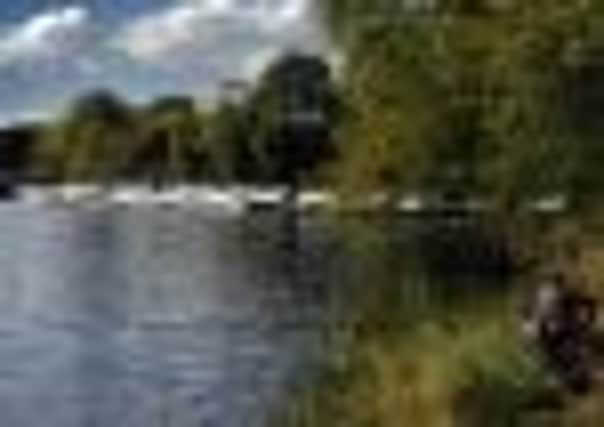New life in the river that’s a piscatorial pantry


I can still remember holding my nose because the smell was so bad. I recall the rusty colour of the water and the froth as it accumulated at the bottom of the weir.
The heavy industry of the city had left an appalling legacy of both air and water pollution.
Advertisement
Hide AdAdvertisement
Hide AdFifty years later, Mark and I stood on one of the newer bridges over the Don and watched as trout and grayling dimpled the surface of this once dead river.
It was with feelings of great nostalgia that I pulled on my waders. Usually when I perform this ritual, I am in secluded valleys or woods. Today, I took the opportunity to exchange greetings with shoppers and other passers-by.
I suspect that some of them thought that the two blokes sitting on the city centre bridge faffing about with strange overalls were quite mad. Especially since Mark had no trousers on. “The water will be warm,” he assured me.
We scrambled down the bank, skirting the old crumbling concrete foundations, and sat quietly among the waterside willows and just watched for a while.
Advertisement
Hide AdAdvertisement
Hide AdLarge dark olives and olive uprights were in evidence, blown downstream on the breeze. On the occasions that one of these hapless creatures touched down briefly on the surface, it immediately disappeared, accompanied by the splash of a feeding fish.
With wobbly fingers, I finally tied a parachute Adams to the leader, stood up and cautiously stepped into the river. I navigated around a few ancient bricks, carefully making for a gap in the vegetation into which I could flick my back cast.
I pointed the rod tip a yard upstream of the most recent splash, tapped it forwards and watched my olive imitation alight softly on the water, align with the current and float towards the target.
Bingo! A few moments later I was admiring the gleaming brassy flanks of a beautiful wild brown trout. Of all the trout that I have caught, this one was among the most important. I had returned to my boyhood haunts and seen them transformed.
Advertisement
Hide AdAdvertisement
Hide AdWe waded our way slowly upriver, taking it in turns to cast at rising fish. While Mark fished, I took the opportunity to fossick around in the stream bed, turning over stones and lumps of iron slag.
The bottom of that little river is like a piscatorial pantry; there were nymphs and larvae of all manner of creatures and even a few freshwater shrimps. The latter were a particularly welcome sight as indicators of pollution-free habitat. How things change.
As we approached the sweetie factory, the air bore a delicious scent of a mixture of liquorice and jelly tots.
There was a ritual to complete.
I tied a Baigent’s Brown to my leader and cast it into the pool. Why this fly? Simply because it was invented in Yorkshire (Northallerton to be precise) and the colour of the hackle is described as “Furnace”. I just felt that it was right.
Advertisement
Hide AdAdvertisement
Hide AdThe fly accounted for a trout and all was well with the world.
We caught our last fish right underneath the A61 road bridge as Mark announced that his legs were cold.
As we made our way back along the bank I casually enquired if the cold legs were connected to the fact that he had no trousers under his waders.
“Not at all” replied my young friend. “It’s because the waders are leaking.”
Flies dressed by Stephen Cheetham. 0113 2507244. www.fishingwithstyle.co.uk
Roger Beck 01439 788483.